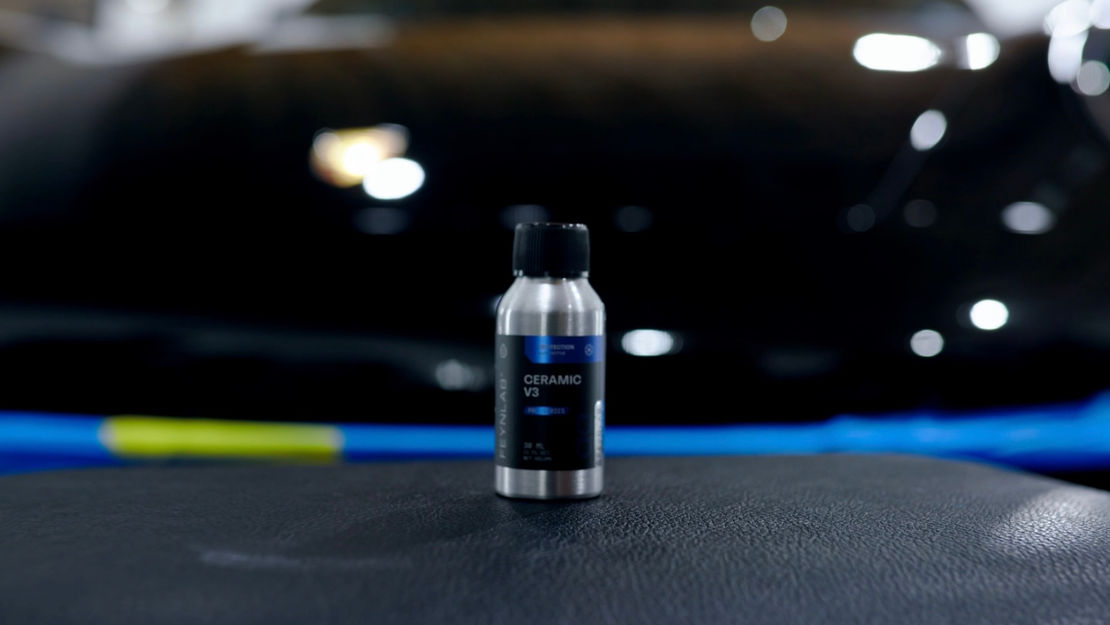
What Is Paint Protection Film? A Complete Guide for Austin Drivers
A brief overview of history of PPF and latest technological advancements in the industry
If you’ve driven around Austin for more than a week, you know the drill — endless road construction on 183-A, loose gravel flying on I-35, the occasional rogue shopping cart at H-E-B, and a sun that feels like it’s two feet from your bonnet. It doesn’t matter if you’re in a brand-new Porsche, a Tesla, or a daily-driven F-150 — keeping your paint flawless here is a challenge.
This is where Paint Protection Film — or PPF — comes in. It’s not a gimmick, and it’s not “only for car show guys.” It’s real, proven technology with a fascinating origin story.
A Quick History of PPF
Paint Protection Film didn’t start life in a fancy detailing shop in Austin. It came from the battlefield. Back in the Vietnam War, helicopter rotor blades were getting chewed up by debris mid-flight. 3M developed a clear, lightweight, impact-resistant urethane film to protect them. It worked so well, it started showing up on race cars, exotic cars, and eventually on everything from daily drivers to long-haul trucks.
Fast-forward a few decades and the technology has evolved beyond recognition — today’s films are optically clear, glossy, and engineered to handle the harshest environments (yes, even the Texas sun).
Why STEK DynoShield Stands Out in Austin
In Central Texas, two things kill paint fast: UV rays and road debris. This is why STEK DynoShield has become my go-to recommendation over other films.
Rich, deep gloss that makes your paint pop without looking “plastic.”
Hydrophobic top layer so rainwater beads and dirt slides right off — crucial for our dusty summers.
UV-resistant TPU that keeps the film crystal-clear year after year.
Self-healing surface that erases light swirls in the Texas heat.
In side-by-side installs I’ve seen in Austin, STEK’s clarity and gloss edge out other big brands. It doesn’t look like you’ve wrapped the car — it looks like your paint is just… perfect.
Why STEK PPF Doesn’t Yellow (And Why Cheaper Films Do)
Older films — and a few still sold today — used aromatic polyurethane, which naturally absorbs UV light. That’s the chemical reason they yellow or haze after a couple of years in the Texas sun.
STEK DynoShield uses a proprietary aliphatic TPU that resists UV absorption. In plain English: the sunlight bounces off instead of breaking the film down. That’s why, even after years parked outside in Austin, the film still looks clear.
How Self-Healing Actually Works
Here’s the cool science bit. DynoShield’s topcoat contains elastomeric polymers — think of them as tiny flexible chains that “remember” their original shape. When the surface gets light scratches, heat from the sun (or warm water) causes these chains to relax and snap back, smoothing out the marks.
And unlike a coating that can wear away, this self-healing layer is baked into the film. It doesn’t stop working after a year.
STEK vs XPEL in the Texas Climate
XPEL is a big name here — they’re headquartered in San Antonio. Their Ultimate Plus film is solid, no question. But having installed and maintained both, here’s what I’ve noticed in the Austin climate:
Feature | STEK DynoShield | XPEL Ultimate Plus |
Gloss | Higher, “wet paint” depth | Slightly muted shine |
Hydrophobic | Built in, no coating needed | Requires top coat for best results |
UV Resistance | Excellent, zero haze reports | Very good, occasional haze |
Self-Healing | Activates quickly in mild heat | Needs higher heat to activate |
It’s not that XPEL is bad — it’s good. But for maximum gloss and minimal upkeep in our heat, We have found STEK holds the edge in just about everything.
Why Austin Drivers Are Choosing PPF
Keeps your car looking brand new for years, even as a daily driver.
Saves weekends — less washing, polishing, and worrying about chips.
Protects resale value — buyers pay more for pristine paint.
Beats the Texas sun — no more premature fading or oxidation.
Whether you’re commuting downtown, blasting through the Hill Country, or just tired of seeing new rock chips every month, PPF is one of the smartest upgrades you can make in Austin.
Also see
Request aN APPOINTMENT
What happens next?
After you submit the form, we’ll reach out to you within one business day to schedule a time for you to bring your vehicle to the shop and review your options together.
Address:
10921 E Crystal Falls Pkwy Bldg. E 204, Leander, TX 78641
PHONE
+17373979671
Social
Facebook
Instagram
Contact
info@silverstoneautospa.com
Tel. +17373979671
10921 E Crystal Falls Pkwy Bldg. E 204, Leander, TX 78641
Copyright 2025 All Rights Reserved








